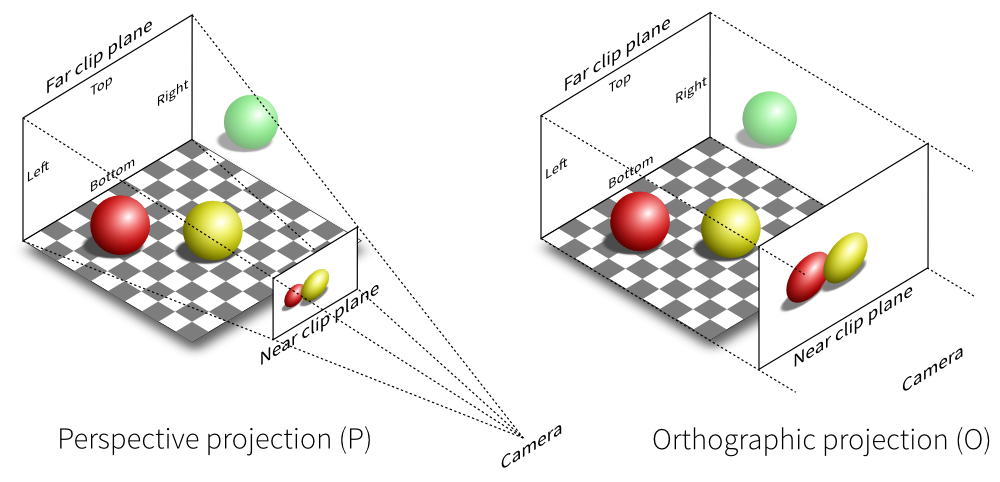1
2
3
4
5
6
7
8
9
10
11
12
13
14
15
16
17
18
19
20
21
22
23
24
25
26
27
28
29
30
31
32
33
34
35
36
37
38
39
40
41
42
43
44
45
46
47
48
49
50
| #include <bits/stdc++.h>
const double eps = 1e-7;
const int MAXN = 2005;
using namespace std;
struct Point {
double x, y, vx, vy;
} a[MAXN], q;
struct Vector {
double x, y;
inline friend bool operator < (const Vector &a, const Vector &b) {
if (abs(atan2(a.y, a.x) - atan2(b.y, b.x)) < eps) return abs(a.x - b.x) < eps ? a.y < b.y : a.x < b.x;
return atan2(a.y, a.x) < atan2(b.y, b.x);
};
} b[MAXN];
inline double det(const Vector &a, const Vector &b) { return a.x * b.y - a.y * b.x; }
double tmp[MAXN];
int ans;
int n, tot;
int main() {
std::ios::sync_with_stdio(0), std::cin.tie(0), std::cin >> n;
double x1, y1, x2, y2, t1, t2;
for (register int i = 1; i <= n; i++) std::cin >> t1 >> x1 >> y1 >> t2 >> x2 >> y2, a[i].vx = (x2 - x1) / (t2 - t1), a[i].vy = (y2 - y1) / (t2 - t1), a[i].x = x1 - a[i].vx * t1, a[i].y = y1 - a[i].vy * t1;
for (register int i = 1; i <= n; i++) {
tot = 0;
for (register int j = 1; j <= n; j++) {
if (i ^ j) {
q.x = a[j].x - a[i].x, q.y = a[j].y - a[i].y, q.vx = a[j].vx - a[i].vx, q.vy = a[j].vy - a[i].vy;
double t = q.vx ? q.x / q.vx : q.y / q.vy;
if ((abs(q.x - q.vx * t) < eps) && (abs(q.y - q.vy * t) < eps)) tmp[++tot] = t, b[tot].x = q.vx, b[tot].y = q.vy;
}
}
std::sort(tmp + 1, tmp + tot + 1);
for (register int j = 1, k; j <= tot; j = k) {
k = j + 1;
while (k <= tot && abs(tmp[k] - tmp[k - 1]) < eps) k++;
ans = std::max(ans, k - j);
}
std::sort(b + 1, b + tot + 1);
for (register int j = 1, k, max; j <= tot; j = k) {
k = j + 1, max = (abs(b[k].x - b[k - 1].x) < eps && abs(b[k].y - b[k - 1].y) < eps);
while (k <= tot && abs(det(b[k], b[k - 1])) < eps) {
k++;
if (k <= tot && abs(b[k].x - b[k - 1].x) < eps && abs(b[k].y - b[k - 1].y) < eps) max++;
}
ans = std::max(ans, k - j - max);
}
}
std::cout << ans + 1;
return 0;
}
|



